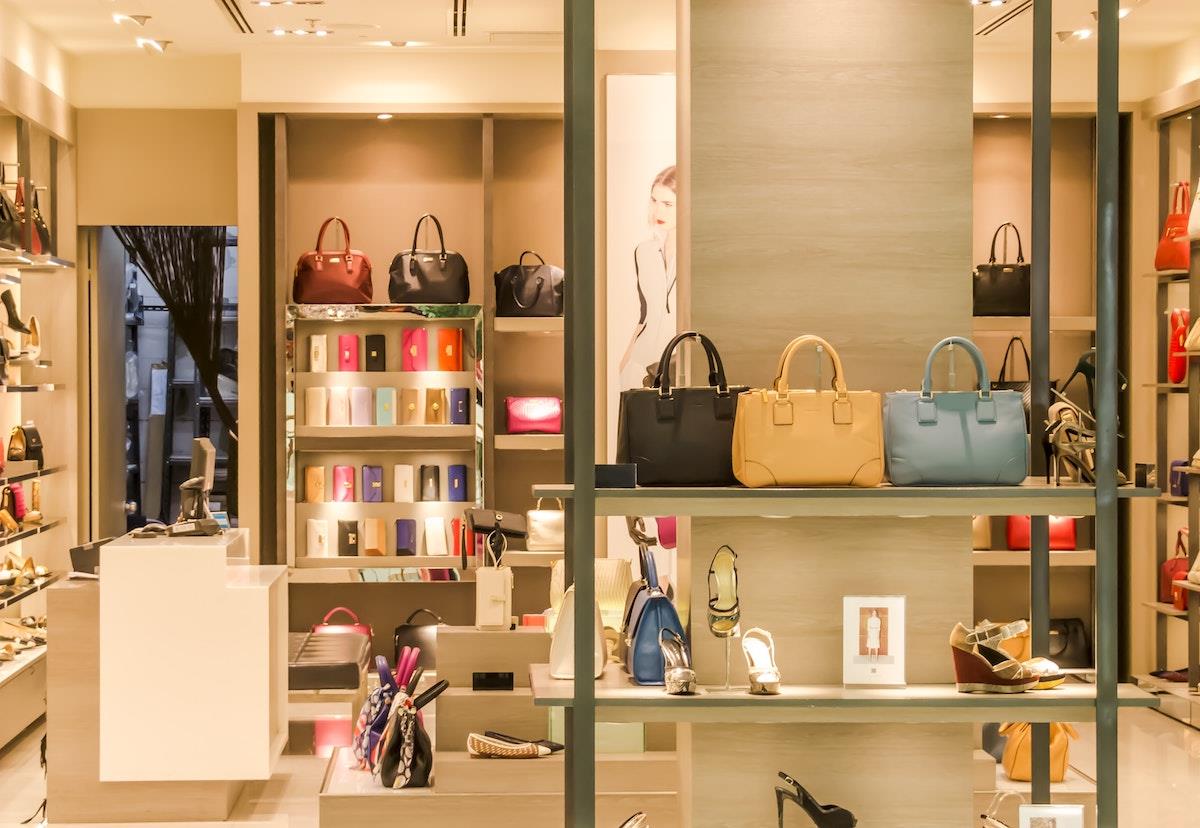Zenith: Luxury brands are now starting to embrace digital advertising

The luxury ad market is not growing as rapidly as the ad market as a whole. We expect total luxury adspend to rise 2.4 per cent in 2018 and 2.8 per cent in 2019, while in the 23 markets included in the report, we expect adspend across all categories to grow by 4.2 per cent in 2018 and 3.6 per cent in 2019. Some luxury advertisers are struggling to adapt to the preferences of younger consumers, who often value experiences over material luxuries. Meanwhile, the continued decline of print consumption poses a particular challenge for high-end luxury brands, which still rely heavily on magazines to communicate their brand values.
We divide luxury goods into two types – high luxury (watches and jewellery; and fashion and accessories) and broad luxury (luxury automobiles, fragrances and beauty, and luxury hospitality). High luxury brands are more exclusive and iconic, and advertise in prestigious media with limited reach, spending 57 per cent of their budgets on magazine advertising in 2017. This proportion is falling, but slowly: we still expect 55 per cent of high luxury adspend to go to magazines in 2019. Broad luxury brands target a wider range of consumers with mass-media advertisers, and spent 41 per cent of their budgets on television in 2017, more than any other medium.
Luxury brands have been slower to adopt digital advertising than most brands. Across the 23 markets included in the report, advertisers in all categories spent 39 per cent of their budgets on digital advertising in 2017, compared to luxury’s 30per cent, and we expect them to spend 42 per cent this year, compared to luxury’s 33per cent. Luxury brands have historically been sceptical of the value of the digital environment for conveying their brand values, with its limited ad formats, crowded pages and often poor-quality content. However, the environment has been improved by better ad formats and more high-quality content such as premium video, while programmatic private marketplaces, preferred deals and programmatic guaranteed deals all help brands pick the right content for their messages to appear in.
Luxury hospitality is substantially ahead of other sub-categories of luxury advertising in its commitment to digital adspend, and luxury hospitality brands will spend 50 per cent of their budgets on digital advertising this year. Consumers in the luxury hospitality category now do most of their research and purchasing online, so brands have shifted their budgets to digital accordingly. Consumers of other types of luxury goods are much more likely to make their final purchase after trying them in person. Zenith forecasts that luxury automobile brands will spend 39 per cent of their ad budgets on digital advertising in 2018, followed by watches and jewellery brands (28 per cent), fragrances and beauty (27 per cent) and fashion and accessories (13per cent).
After a slow start, luxury brands are now starting to embrace digital advertising, using new tools to target and personalise their messages. Broad luxury brands are leading the way, but high luxury brands will inevitably follow.
More like this
Zenith: 67 per cent of digital display to be sold programmatically by 2019
Chart of the week: A quarter of global adspend goes to Google and Facebook
Zenith: Iran leads adspend growth in 30 rising media markets
Zenith: Online advertising will exceed 40 per cent of global adspend this year









